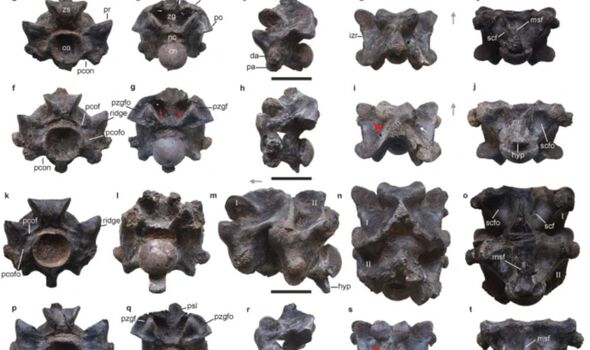
Cookbook Store closing the end of an era
March 22, 2014
Burning Bridges and the Smell of Fresh Blood
March 22, 2014Since first observing a planet orbiting a star other than our sun in 1992, astronomers have made definitive sightings of about 1000 “exoplanets” and have identified a further 3000 to 4000 candidate exoplanets. But only a few dozen of the planets have been rocky, as opposed to gaseous, and of these none have been found in the so-called habitable zone around their parent star that would allow liquid water on their surface.
The PLAnetary Transits and Oscillations of stars (PLATO) mission is designed to fill that gap. Slated for launch in 2024, PLATO was chosen yesterday by the European Space Agency’s (ESA’s) Science Programme Committee to be the third medium-class science mission in the agency’s “Cosmic Vision 2015-25” program. According to the German Aerospace Center’s Heike Rauer, principal investigator of the European consortium developing the mission’s instrumentation, PLATO should “find hundreds of rocky planets in habitable zones and thousands of characterized planets altogether.”
PLATO will search for exoplanets using what is known as the transit method, which simply involves measuring the dimming of the light from a star as a planet passes in front of it. The technique has been employed with great success by NASA’s Kepler spacecraft, launched in 2009, which has found nearly 3000 planetary candidates and more than 100 confirmed exoplanets.
Unfortunately, the fact that planets can be seen only when they happen to be in the line of sight between star and telescope means that many stars must be observed, and Kepler increases its stellar haul by monitoring even the faintest stars. That, however, makes it hard for ground-based instruments to carry out the spectroscopic measurements needed to reveal an exoplanet’s mass, which is crucial in establishing whether the planet is rocky or gaseous.
That won’t be a problem for PLATO, which will use 34 separate small telescopes to observe a wide field of view in order to monitor large numbers of bright, relatively nearby stars. It will also point those telescopes at one patch of the sky for long periods of time, allowing it to observe the relatively long orbital periods of planets in the habitable zone. So whereas NASA’s TESS exoplanet-hunting mission, which could launch in 2017, will spend just 1 month gazing at any one region of the sky and as a result be limited to “hot” planets closer to their parent stars, PLATO will have up to 3 years at a time.
“PLATO will identify the rocky planets in habitable zones of sunlike stars,” Rauer says. “That has not been done by any other mission previously.”
The €850 million mission, which will be launched on a Soyuz rocket from Europe’s spaceport in French Guiana, will operate from the stable L2 position, 1.5 million kilometers from Earth. It beat four other candidates for the latest medium-class mission launch—a rival exoplanet mission, an x-ray observatory, a spacecraft that would have brought back a sample from a near-Earth asteroid, and a mission to carry out fundamental physics research. Previous medium-class missions by ESA were Solar Orbiter and a dark-energy/dark-matter observatory called Euclid, selected in 2011.



